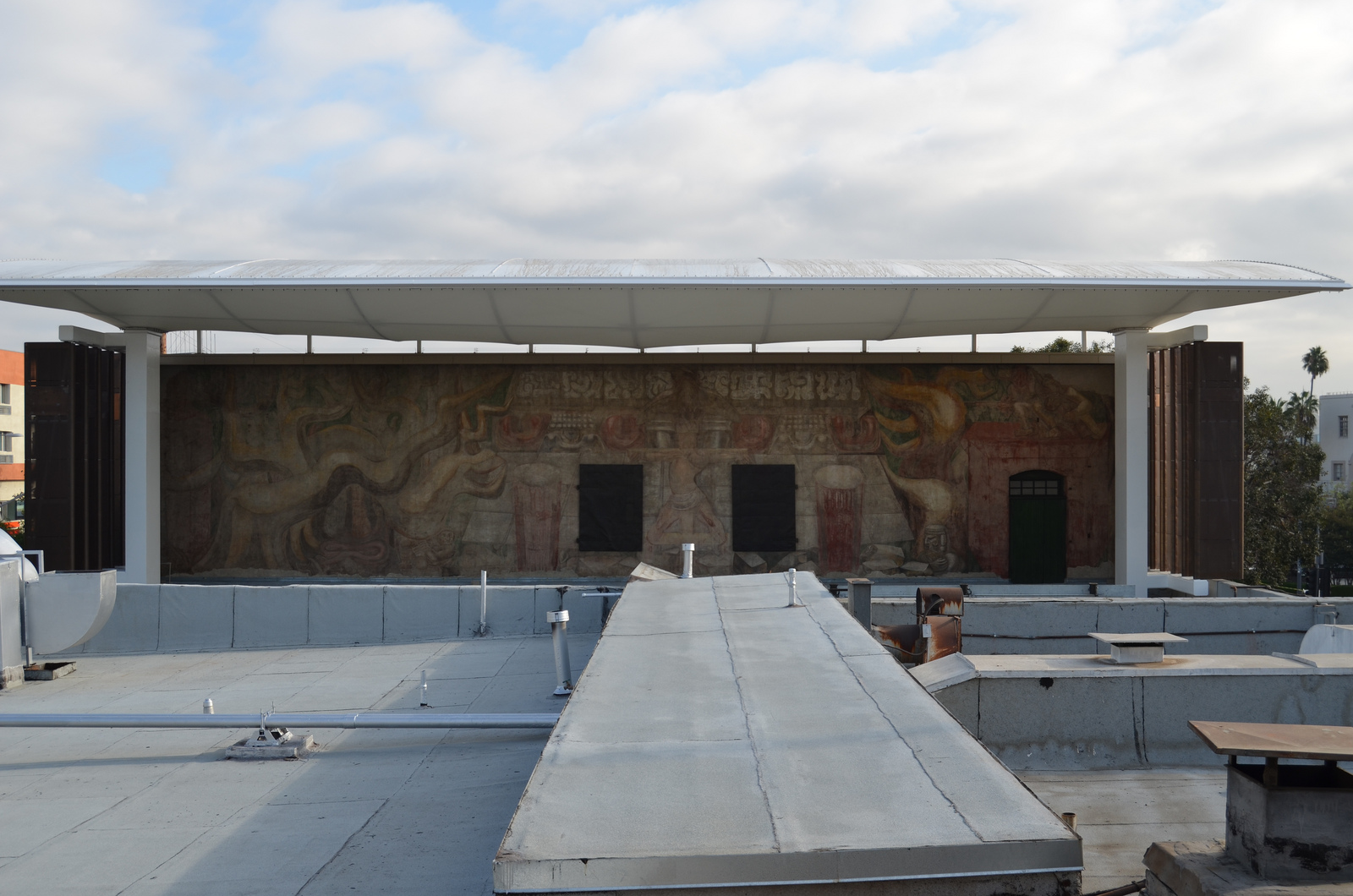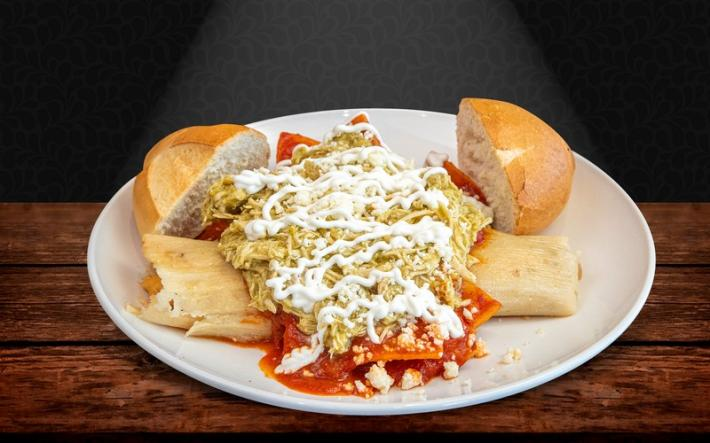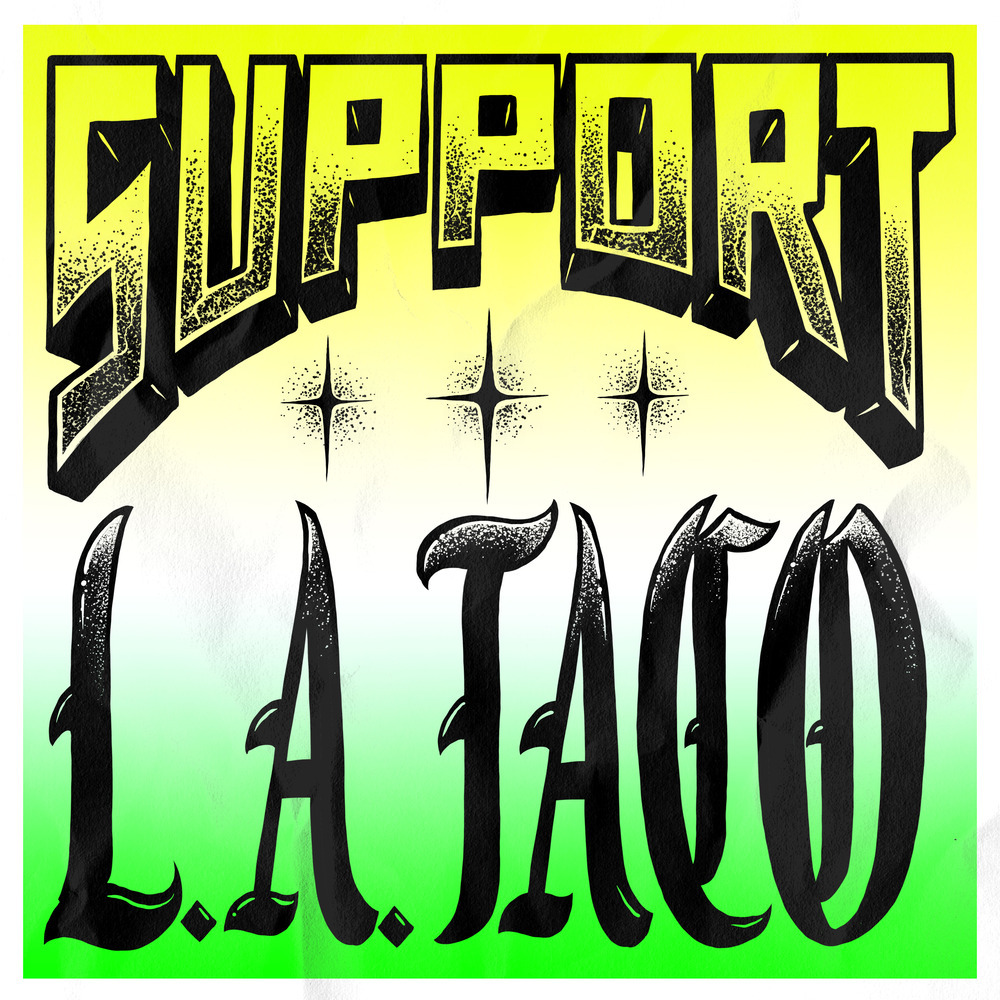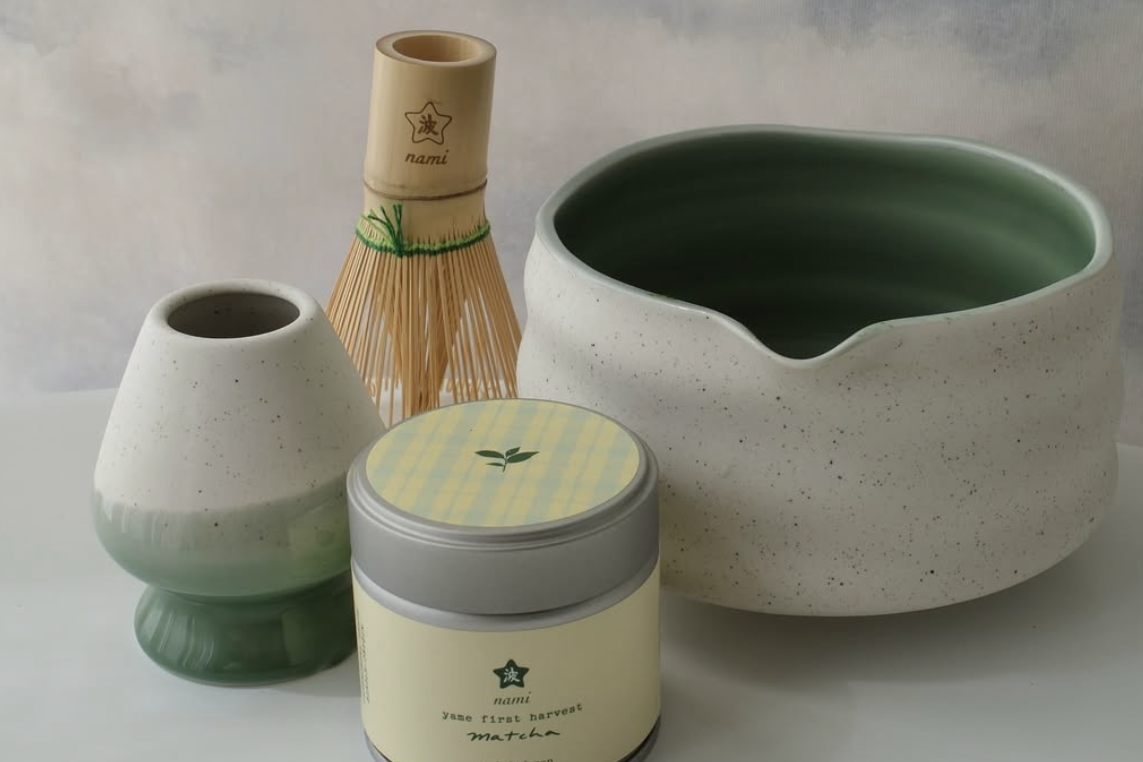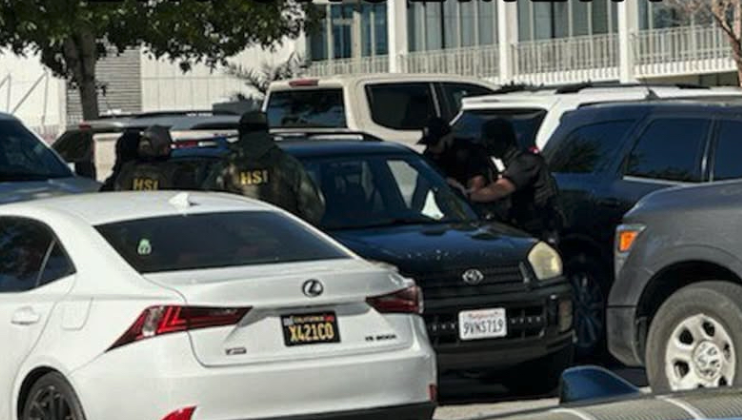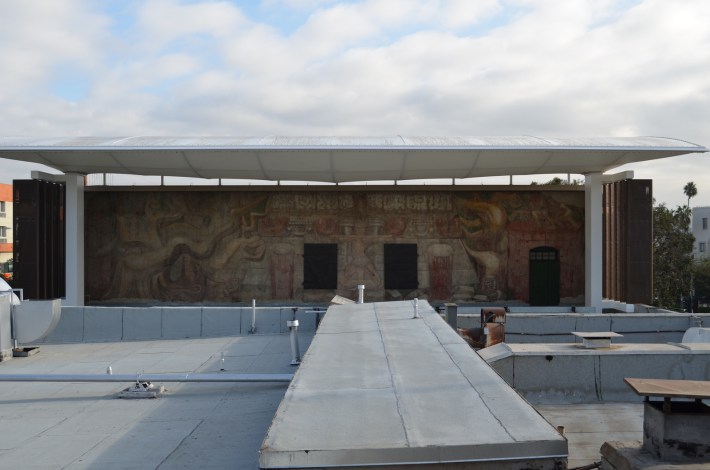
Famed Mexican muralist David Alfaro Siqueiros came to Los Angeles in 1932 for six months after being exiled from Mexico for his radical political agenda. He painted three murals in L.A., including one at a private home in Pacific Palisades which is now on view at the Santa Barbara Museum of Art. The most important mural he painted was at the LA Pueblo, but it was far too controversial for the city's establishment and it was almost immediately whitewashed. Because of this and subsequent paint jobs, the mural's colors were degraded. It hasn't been fully 'restored' but it has been cleaned and conserved by the Getty Center trust and you can now go see it yourself. Photo via South LA on Flickr. Read more about the history of this mural:
Siqueiros' most important mural in Los Angeles was his second -- "Tropical America." The powerful political statement was executed along the exterior of the second floor of Olvera Street’s Italian Hall, where the Plaza Art Center was located.
F.K. Ferenz, the director of the Plaza Art Center, suggested the mural’s title. Along with Los Angeles Public Library muralist Dean Cornwall, Ferenz, sponsored the work. Commercial companies donated paint, cement, mechanical equipment and wood for the scaffold. Siqueiros was assisted by approximately 20 artists known as the Bloc of Mural Painters and began the mural in mid-August.
Working primarily at night, he painted with an airbrush after the design had been outlined on the wall with a projector. The fresco, made of cement rather than the traditional plaster, was completed the night before its dedication on October 9, 1932.
The central visual and symbolic focus of the piece is an Indian peon, representing oppression by U.S. imperialism, is crucified on a double cross capped by an American eagle. A Mayan pyramid in the background is overrun by vegetation, while an armed Peruvian peasant and a Mexican campesino (farmer) sit on a wall in the upper right corner, ready to defend themselves.
Siqueiros’ allegorical depiction of the struggle against imperialism wasn’t a comfortable topic for the Downtown L.A. business and political establishment. It was also an uncomfortable topic for societal matron Christine Sterling, Olvera Street’s leading promoter, possibly because it did not conform to her image of Olvera Street as a docile and tranquil Mexican village. Unfortunately for the artists, the conservative politics of the era triumphed over artistic expression, and within six months a section of the mural visible from Olvera Street was painted out. Within a year, the work was completely covered. Read more at Olvera-Street.com
